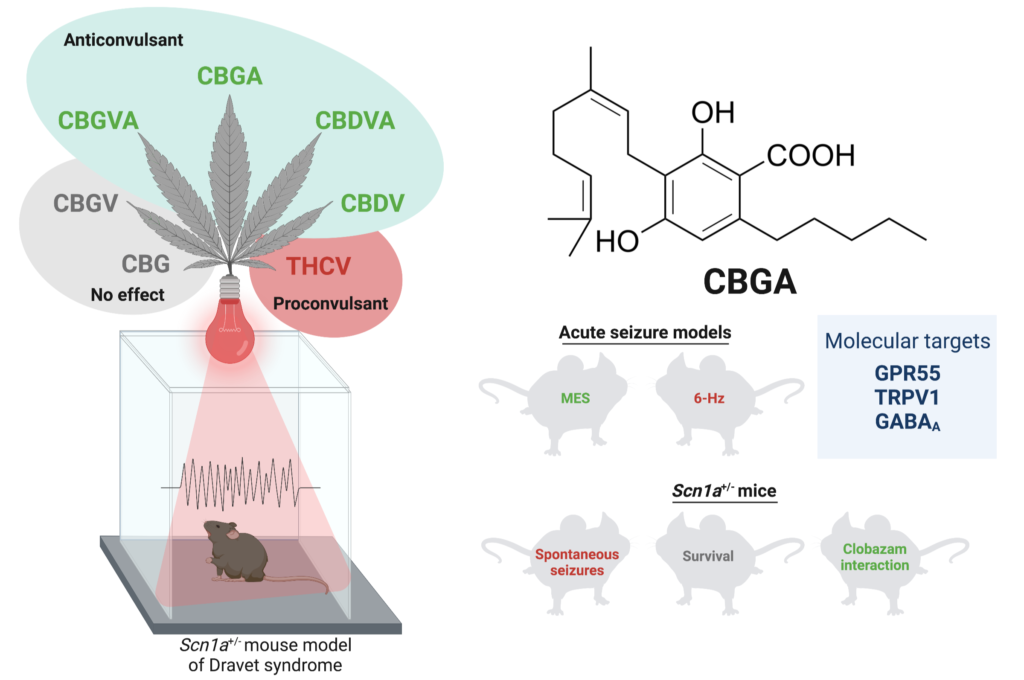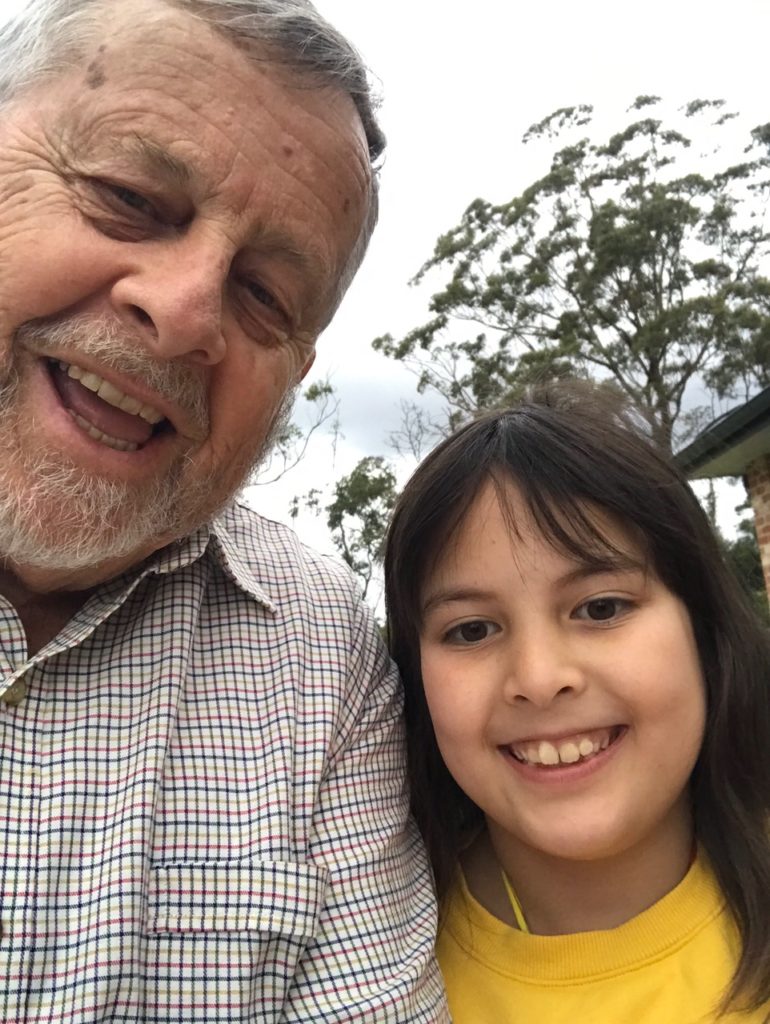Researchers at the University of Sydney have revealed how ‘mother of all cannabinoids’ CBGA and other acidic compounds may work to treat epilepsy.
The study, published in the British Journal of Pharmacology, found three acidic cannabinoids reduced seizures in a mouse model of Dravet syndrome, an intractable form of childhood epilepsy featuring frequent seizures, delays in cognitive and motor development and reduced quality of life.

Associate Professor Jonathon Arnold from the Lambert Initiative for Cannabinoid Therapeutics and the Sydney Pharmacy School said: “From the early 19th century cannabis extracts were used in western medicine to treat seizures, but cannabis prohibition got in the way of advancing the science. Now we are able to explore how the compounds in this plant can be adapted for modern therapeutic treatments.”
He added: “Our research program is systematically testing whether the various constituents of cannabis reduce seizures in a mouse model of Dravet syndrome. We started by testing the compounds individually and found several cannabis constituents with anticonvulsant effects.”
“In this latest paper we describe the anticonvulsant effects of three rarer cannabinoids, all of which are cannabinoid acids.”
Acidic cannabinoids are those biosynthesised in the plant and found in artisanal cannabis extracts used to treat children with epilepsy. Associate Professor Arnold described one of these, cannabigerolic acid (CBGA), as the ‘mother of all cannabinoids’ as it is the precursor molecule to the creation of better-known cannabinoids like CBD and THC.
“From the early 19th century cannabis extracts were used in western medicine to treat seizures, but cannabis prohibition got in the way of advancing the science.”
Associate Professor Jonathon Arnold
He added: “The cannabinoid acids are abundant in cannabis, but have received much less scientific attention. We are just beginning to understand their therapeutic potential.”
The study’s lead author Dr Lyndsey Anderson said: “We found that CBGA was more potent than CBD in reducing seizures triggered by a febrile event in a mouse model of Dravet syndrome. Although higher doses of CBGA also had proconvulsant effects on other seizure types, highlighting a limitation of this cannabis constituent. We also found CBGA to affect many epilepsy-relevant drug targets.”
The team is working to develop a better cannabis-based treatment for Dravet syndrome.
Dr Anderson added: “We have assessed the cannabinoids one by one and now we are exploring what happens when you put them all back together. There remains a real possibility that all these individual anticonvulsant cannabinoids might work better when combined.”

In 2015, Barry and Joy Lambert made a significant donation to the University of Sydney to fund research on medicinal cannabis and cannabinoid therapeutics. Their granddaughter Katelyn suffers from Dravet syndrome and the family witnessed a dramatic improvement in her health after using a cannabis extract.
Katelyn’s father Michael Lambert said: “After using hemp oil for treatment, we got our daughter back. Instead of fearing constant seizures we had some hope that our daughter could have a life worth living. It was like the noise cleared from her mind and she was able to wake up. Today, Katelyn really enjoys her life.”
That year, the Lambert Initiative established a preclinical epilepsy research program to help understand how cannabis extracts have anticonvulsant effects.
Barry Lambert said: “We are very proud of the work done by the many researchers at the Lambert Initiative, which is a world-leader in cannabinoid research, and in particular welcome these recent results on ‘the mother of all cannabinoids’.”

